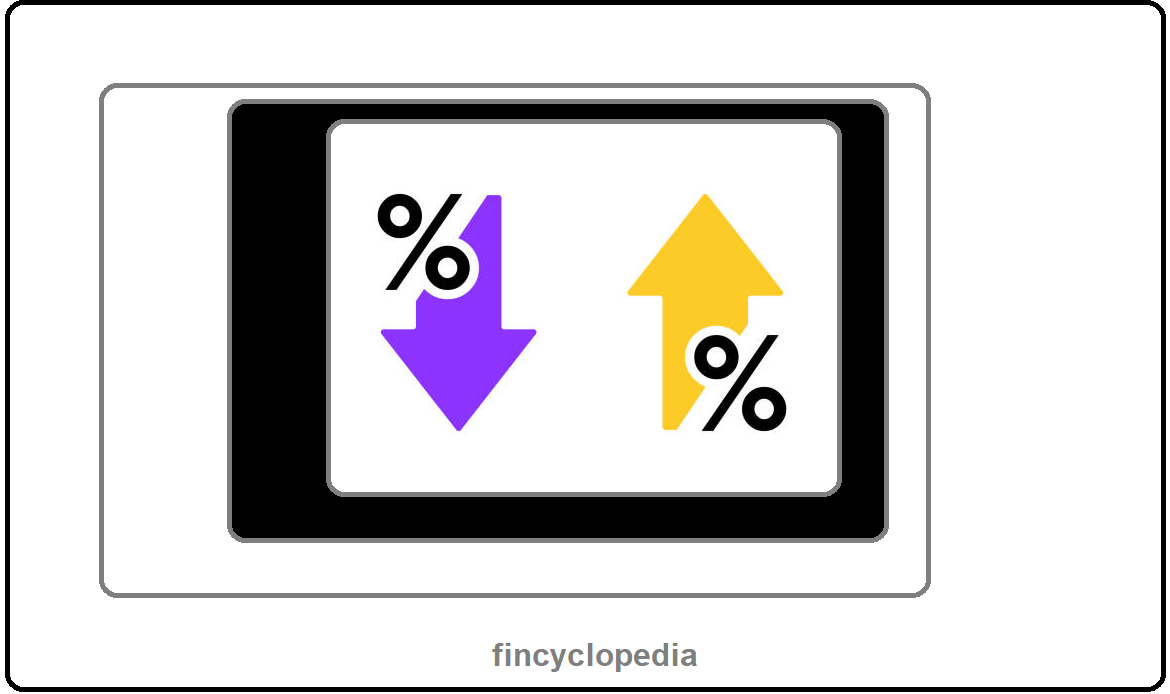A type of sukuk structure in which the underlying pool of assets consists of two or more Islamic finance contracts. For example, the funds may be mobilized based on an istisna’a contract, an ijarah contract, and a mudaraba contract, all at the same time and within the same structure. The hybrid structure enhances mobilization of funds as it allows the use of shari’a-compatible financing contracts for refinancing means. It also bears resemblance to a conventional securitization structure since debt receivables can be sold to a special purpose vehicle (SPV) over which the SPV entity issues bonds.
In a hybrid sukuk structure, the originator transfers tangible assets (which are the underlyings of different contracts) to the special purpose vehicle. In turn, the SPV issues sukuk to investors (who become the sukuk holders) and receives sukuk proceeds from them. The proceeds are used to pay the originator, while the revenues realized from the underlying assets are paid through to the sukuk holders. At maturity, the originator purchases back the underlying assets from the SPV, while the sukuk holders receive fixed payment of return on assets (ROA), and the sukuk are paid off.
Hybrid sukuk may also denote a type of sukuk which is embedded with specific add-on features such as the option to exchange or convert into equity by a specific date in the future. As such, these sukuk provide the features of a sukuk instrument and equity holdings. Examples of hybrid sukuk, in this sense, are convertible sukuk/ exchangeable sukuk and perpetual sukuk.




